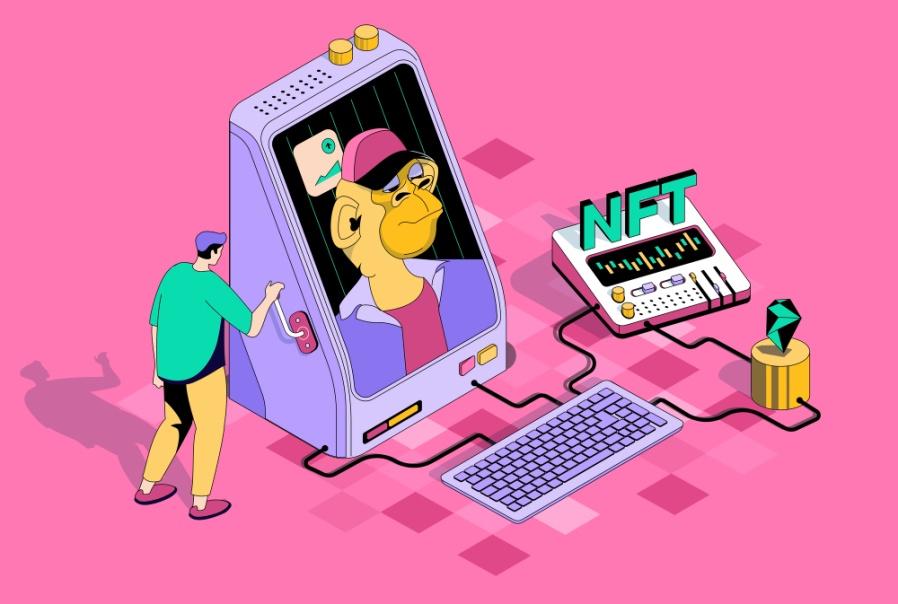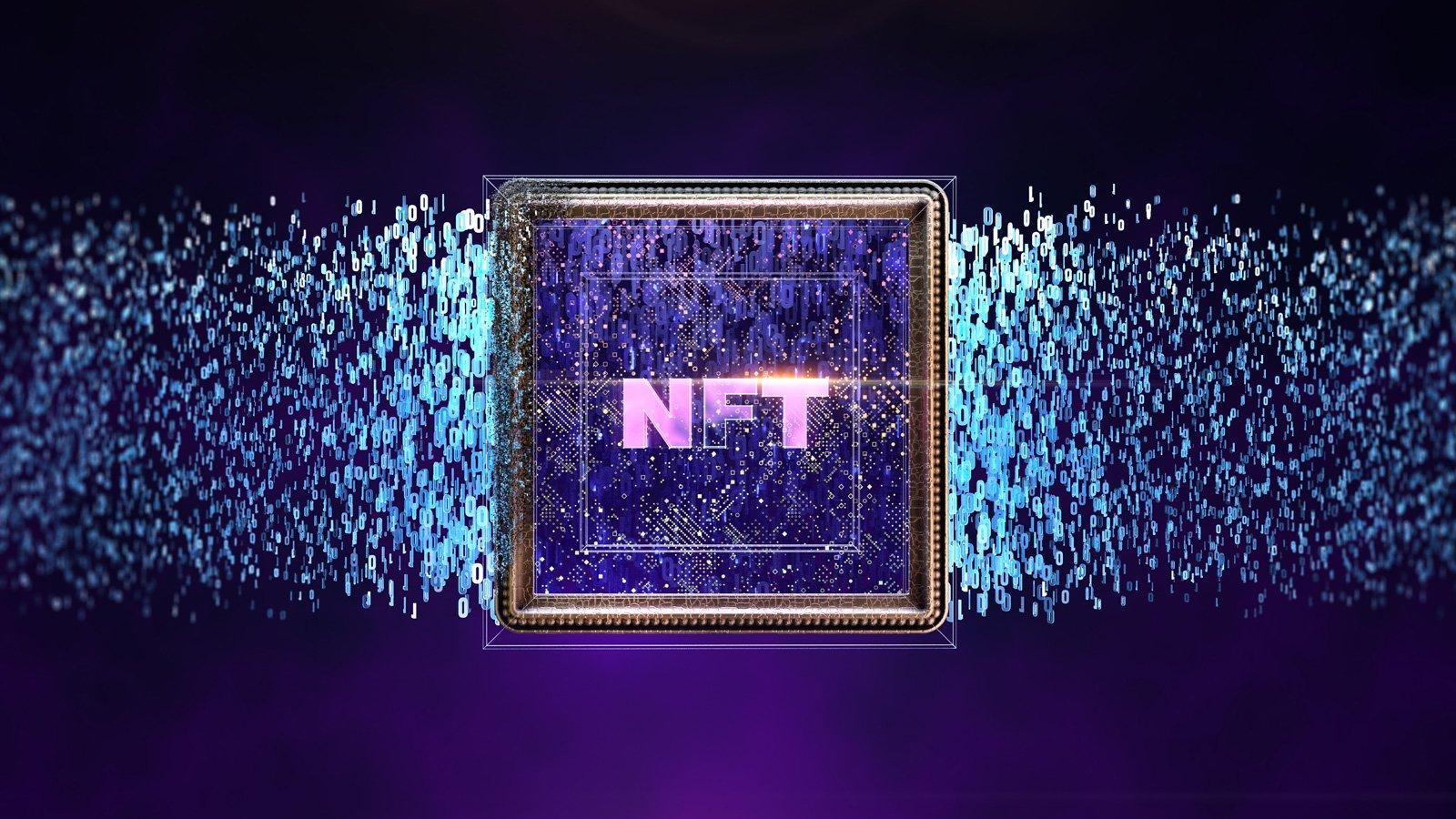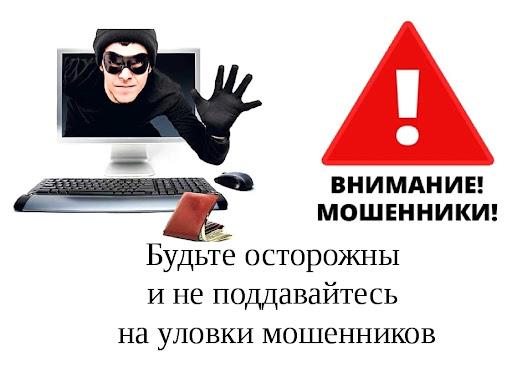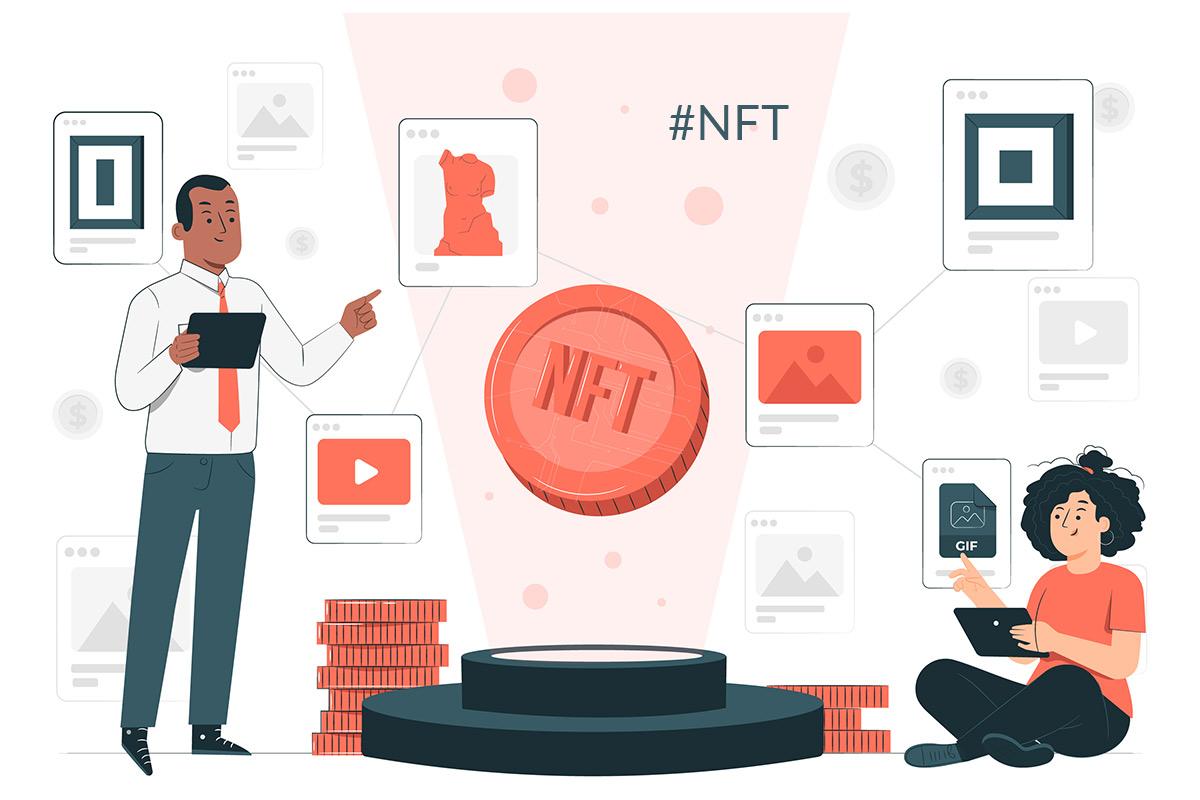Since the advent of blockchain technology, operators and investors soon began creating and trading digital assets such as NFTs (non-fungible tokens). These tokens are unique digital objects that can be used to certify ownership rights. With the growing interest in NFTs, the market has been exposed to various forms of fraud, endangering both investors and creators.
Fake NFTs and Digital Assets
Fraud in the NFT world can take various forms. The most popular schemes include token forgery, using fake trading platforms, and wallet hacking.
One of the most common types of NFT fraud is forgery. Scammers can create copies of original works of art, music, or other digital objects, and then sell these copies as originals. Investors, unaware of the differences between the original and the fake, may spend significant amounts of money on non-existent assets.
To avoid buying fake NFTs, one should know the main characteristics of original tokens: ownership information, value, and transaction history are stored on the blockchain. It is best to verify token ownership through well-known and secure platforms.
Fraud also thrives on fake NFT trading platforms. Scammers create sites that look like well-known marketplaces but are actually traps for unsuspecting users. Investors may be misled by the design reminiscent of well-known exchanges and active advertising campaigns.
To avoid such situations, it is important to use only verified platforms for transactions. Before using a new platform, it is recommended to study user reviews and recommendations. There are many resources that allow you to check the reputation of trading platforms.
Another common method of fraud is hacking crypto wallets. Attackers use various methods, such as phishing, to gain access to users' personal data. If a scammer gains access to your wallet, they can easily withdraw your digital assets.
To prevent hacking, it is necessary to regularly update protective system software and use crypto wallets with two-factor authentication. This adds an additional layer of protection when accessing your assets.
Signs of Fake NFT Projects
Understanding the signs of fake NFT projects will allow you to quickly recognize fraudulent schemes.
One of the main signs of fraudulent projects is the lack of transparency. If information about the creator of the project, their team, or even the token history is unavailable, this may indicate fraudulent intentions.
If a project promises almost instant and high profits, this should raise your suspicions. There is always a risk when investing in digital assets, and if a project seems too good to be true, it probably is.

A roadmap is a project development plan. If the project does not have a clearly defined strategy, or if it is very vague, this may be a sign of fraud. Successful projects usually provide a clear and accessible plan of action.
A healthy community around an NFT project is an important indicator of its reliability. If a project has inactive groups on social media or forums, this may indicate its unreliability.
Investment Security in Digital Assets
To invest in digital assets as safely as possible, you should follow several basic recommendations.
Awareness and Education
Learning the basics of NFTs and blockchain technology will help you better understand the risks associated with investments. Education is based on practice and obtaining information from verified resources, such as articles, blogs, and courses.
Diversification
You should not invest all your funds in one project. Diversification is a common practice among investors, allowing you to minimize risks and protect your assets.
Using Safe Platforms
It is necessary to use trusted and verified platforms for NFT trading. Exchanges noticed in fraud should be avoided. It is recommended to monitor the platform's reputation and study the opinions of other users.

Scammers in the NFT World: How to Protect Yourself?
Some scammers use complex schemes to deceive their victims. Let's consider the basic strategies that will help you protect yourself.
- Using two-factor authentication.Two-factor authentication is one of the best ways to protect your account. Instead of relying solely on a password, you can protect your assets with a second level of security, such as SMS or special apps.
- Regularly updating passwords. Frequently change passwords to your crypto wallet and accounts on trading platforms. For example, increase password complexity by using numbers, letters, and special symbols.
- Checking sender addresses. Before sending funds or starting a transaction, carefully check wallet addresses. Avoid using links from unknown sources that may lead to phishing sites.
Protection Against Digital Asset Scams
Finally, there are several additional measures that will help you avoid scams.
- Study reviews and recommendations
- Stay informed
- Caution regardless of the offer

If someone offers unique opportunities that sound implausible, you should approach this with caution. Scammers may use various tricks to attract those eager to make quick money.
Conclusion
Fraud in the world of NFTs and digital assets has become quite common. Understanding the various fraud schemes and having practical knowledge of safe investments can help you preserve your assets.
 >
>